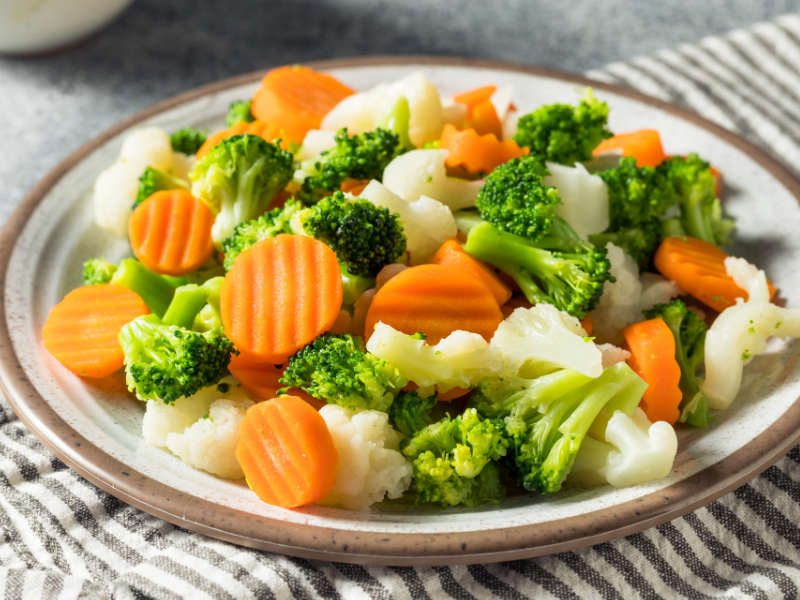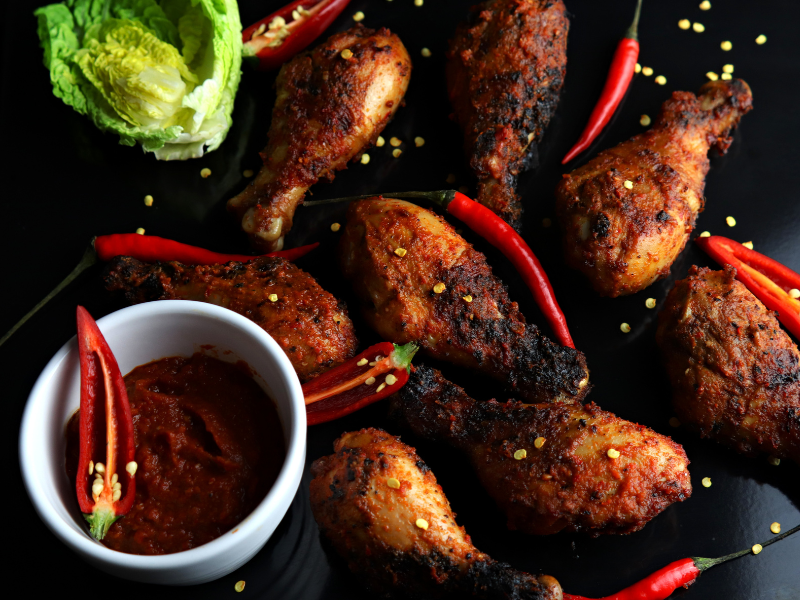


There are a plethora of reasons why people might choose to fast; whether it’s for a full-body detox, a weight loss strategy, or even religious reasons. Whatever the reasons might be for fasting, depriving your body of food and beverages is an approach that must be done with sufficient knowledge. The foods that you eat to break a fast are as important as the fasting process itself in regards to the impact it has on your body, so read on more to find out how you can navigate the fasting period as safely as possible!
Understanding Fasting and Digestion: Why it Matters

Fasting has been practiced for ages, and intermittent fasting, particularly, has gained popularity recently due to its health benefits and weight loss potential. To minimize the adverse effects this approach can have on your body, it’s important to be conscious of your food choices, which can affect your digestive system and metabolism. Regardless of how long or short your fasts are, reintroducing nutrient-dense foods into your system will ensure that your digestive health is taken care of.
To maintain healthy blood sugar levels and support easy digestion, the post-fast meals in your eating window should include electrolytes, vitamins, minerals, amino acids, healthy fats, etc. It also depends on the type of fast you’re undertaking, as some fasts eliminate all calorie-containing food and drinks while some allow a minimal intake of them.
Fasting also reduces the amount of digestive enzymes that your body produces, so if you were to consume heavy foods quickly, it could cause discomfort. Hunger hormones are affected in this period too, so it’s important to contain your portions and have a strategic meal plan throughout this whole process [1].
Learn more about intermittent fasting:
Intermittent Fasting by Age Chart: A Guide on How it Works
Intermittent Fasting During Menopause: Everything You Need to Know
Healthy Foods to Eat When Breaking a Fast
So we’ve learnt what to avoid, now let’s dive into what you can feast on in your post-fasting meals. Here are the best foods which can ensure you receive significant health benefits through essential nutrients.

Start with Easily Digestible Foods
When you’re gradually introducing food into your system, go for small portions of gentle foods like bone broth and cooked vegetables instead of high-fiber or complex carbohydrates.
Hydration and Digestive Support:
Drinking warm broth an hour before eating can help to prepare the stomach. Adding apple cider vinegar or lemon water can also aid in digestion and help ease the transition [2]. It can even contribute towards helping you lose weight!
Immune-Boosting Choices:
Probiotics and fermented foods, such as yogurt, kefir, and kimchi, along with antioxidants from berries and green tea, help strengthen immunity and contribute to your overall gut health [3].
Healthy Fats for Sustained Energy:
Incorporate good fats that are easy to process, such as avocados and oily fish like salmon or sardines, instead of nuts and seeds, which may be harder to digest and will sustain your energy levels.
Foods to Avoid When Breaking a Fast
There are certain foods that are wise to stay away from to avoid any digestive discomfort after fasting. They can either be too hard on your stomach, cause spikes in your blood sugar levels, or just be plain hard to digest foods. So take note of the following list of food items and beverages:

- Highly Processed and Fried Foods: Fast food, chips, and heavily processed snacks are loaded with unhealthy fats and additives, making them difficult to digest and potentially causing bloating.
- Spicy Foods: Hot and heavily spiced dishes may irritate the stomach lining, leading to discomfort or acid reflux.
- Sugary Foods and Drinks: Sweetened beverages, candy, and high-sugar meals can lead to rapid blood sugar spikes, undoing the metabolic balance gained during fasting.
- High-Fat Foods: Fried foods, creamy dishes, and processed meats can be heavy on digestion and may cause discomfort after a prolonged period without eating.
- Caffeinated Beverages: Drinking coffee or energy drinks on an empty stomach can trigger acid reflux and irritate digestion. Gradually reintroducing caffeine is recommended.
- Refined Carbohydrates: Foods like white bread, pasta, and white rice can cause quick blood sugar fluctuations, making whole grains a better alternative after fasting.
- Raw High-Fiber Foods: Cruciferous vegetables and fruits with skins can be hard on digestion after fasting. Cooking or peeling them can make digestion easier.
Related articles:
Foods to Avoid When Breaking a Fast: Key Insights for Digestive Health
Dirty Fasting: An Easier Version of Intermittent Fasting to Practice
Foods and Drinks That Don’t Break a Fast
Fasting involves avoiding food, but some drinks and small food additions can help maintain hydration and energy. If you’re in ketosis, it’s essential to keep your carb intake under 50g a day. The following are some foods and beverages that can help you sustain through your fasting period, but what works and doesn’t work for you depends on personal fasting goals, such as ketosis, autophagy, or metabolic health.
- Water, both plain and carbonated, is calorie-free and essential for hydration.
- Black coffee and unsweetened tea have zero calories and may boost metabolism.
- Small amounts of milk or healthy fats like MCT oil, coconut oil, or butter break a fast but do not disrupt ketosis and can curb hunger.
- Diluted apple cider vinegar may aid hydration and reduce cravings.
- Bone broth, though slightly caloric, replenishes electrolytes during prolonged fasts.
Conclusion
We hope that this article has given you some valuable insights on how to safely practice your fasting periods. Always consult your physician if you find yourself experiencing any prolonged discomfort or unexpected pain. For more tips and resources for how you can lead a healthy and active lifestyle, check out the JustFit app!





